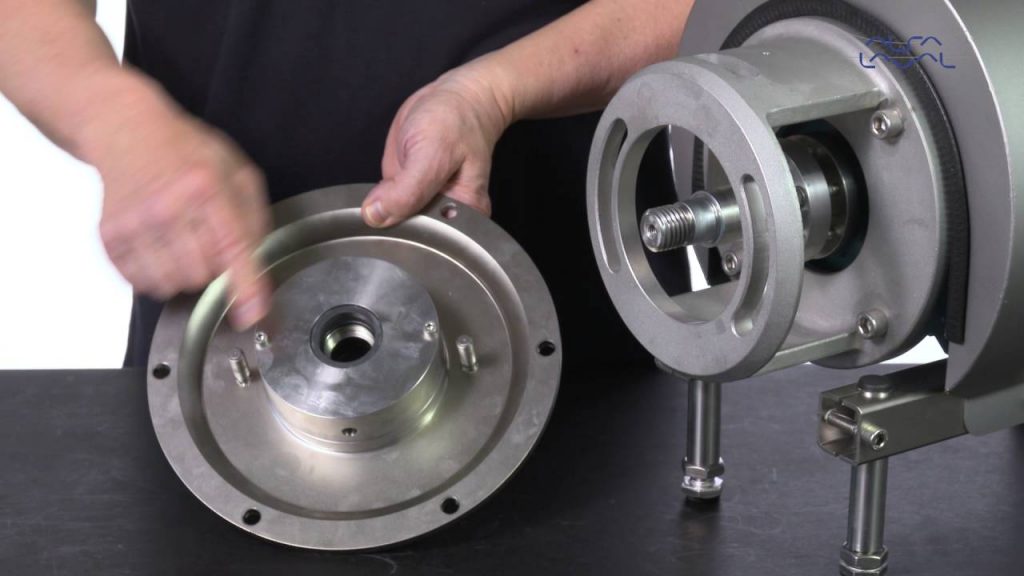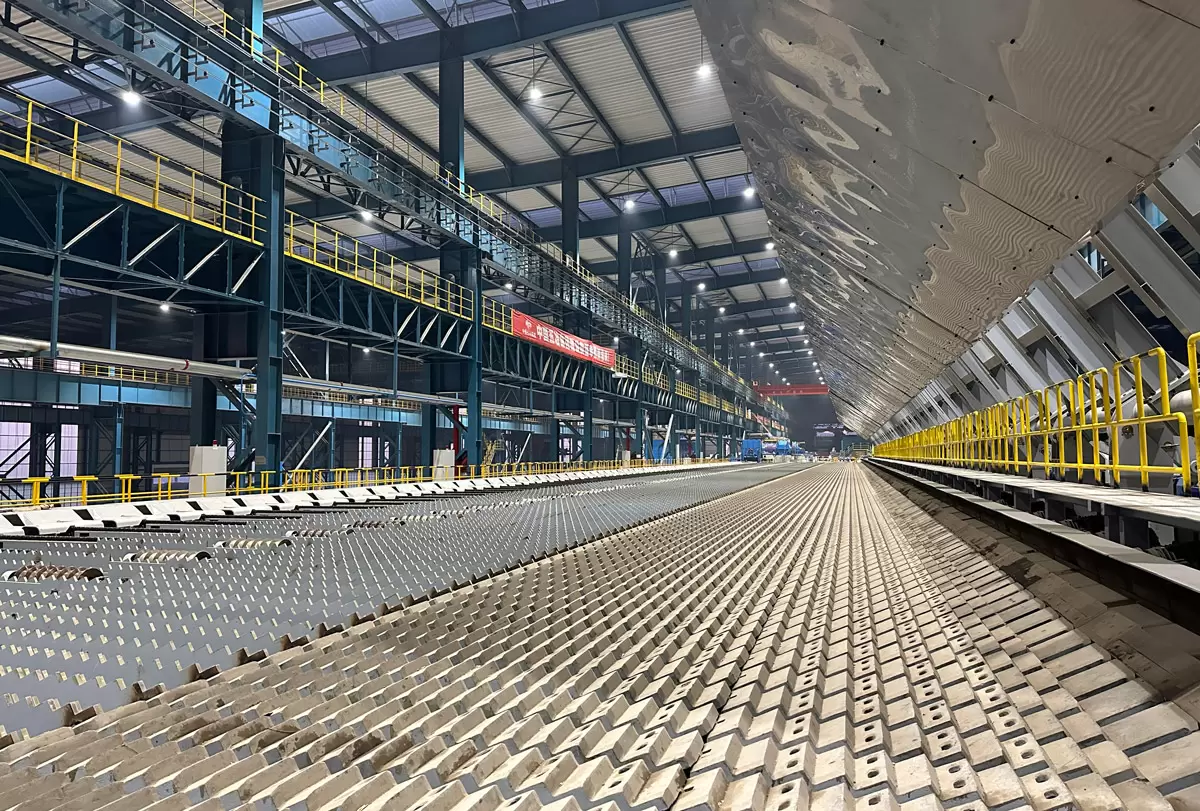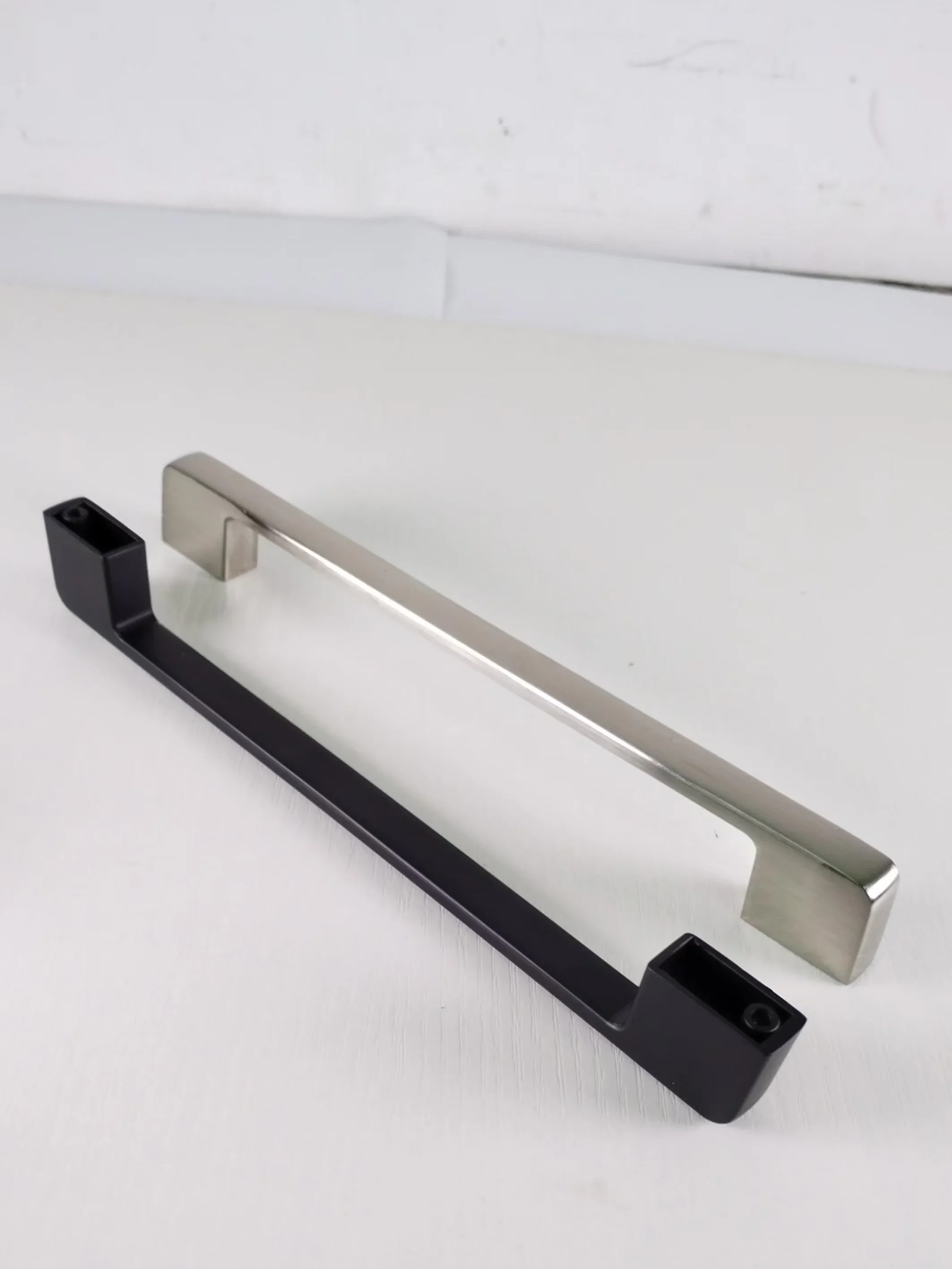Mechanical seals are essential components in various industrial applications, including pumps, compressors, and mixers. They are designed to prevent leakage of fluids and gases from the equipment and maintain the required pressure levels. However, the maximum pressure that a mechanical seal can withstand is a critical factor that determines its performance and reliability. In this article, we will explore the concept of maximum pressure for mechanical seals and its significance in industrial applications.
What is a Mechanical Seal?
A mechanical seal is a device that creates a barrier between two surfaces to prevent the leakage of fluids or gases. It consists of two main components: a stationary part and a rotating part. The stationary part is attached to the equipment housing, while the rotating part is attached to the shaft that rotates the equipment. The two parts are held together by a spring that applies pressure to the seal faces, creating a seal that prevents fluid or gas from escaping.
What is the Maximum Pressure for a Mechanical Seal?
The maximum pressure for a mechanical seal is the highest pressure that the seal can withstand without failing. It is determined by several factors, including the seal material, seal face design, and operating conditions. The maximum pressure is typically specified by the seal manufacturer and is based on extensive testing and analysis.
The maximum pressure for a mechanical seal is critical because it determines the seal's ability to maintain a seal under high-pressure conditions. If the pressure exceeds the maximum limit, the seal may fail, resulting in leakage, equipment damage, and safety hazards. Therefore, it is essential to select a mechanical seal that can withstand the maximum pressure required for the application.
Factors Affecting the Maximum Pressure for Mechanical Seals
Several factors can affect the maximum pressure for mechanical seals, including:
- Seal Material: The seal material plays a crucial role in determining the maximum pressure that the seal can withstand. Different materials have different strengths and weaknesses, and some are better suited for high-pressure applications than others.
- Seal Face Design: The seal face design is another critical factor that affects the maximum pressure for mechanical seals. The design should be optimized to withstand high-pressure conditions and prevent leakage.
- Operating Conditions: The operating conditions, such as temperature, speed, and fluid properties, can also affect the maximum pressure for mechanical seals. The seal must be designed to withstand the specific operating conditions of the application.
Conclusion
In conclusion, the maximum pressure for a mechanical seal is a critical factor that determines its performance and reliability in industrial applications. It is essential to select a mechanical seal that can withstand the maximum pressure required for the application to prevent leakage, equipment damage, and safety hazards. The maximum pressure is affected by several factors, including the seal material, seal face design, and operating conditions. By understanding these factors, you can select the right mechanical seal for your application and ensure optimal performance and reliability.




More Stories
Kangchi Fastener Manufacturing Unveils Comprehensive Guide on Threaded Rod Specifications and Durability
Crucibles vs. Traditional Containers: Selecting the Best Material for Your High-Temperature Needs
What Is a 78 Connector? Specifications, Applications, and Key Benefits